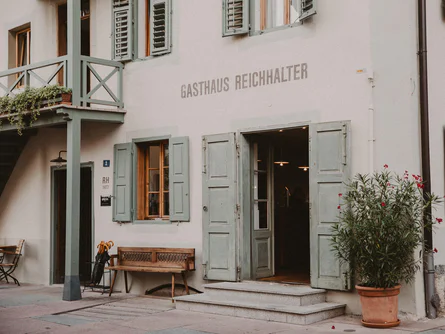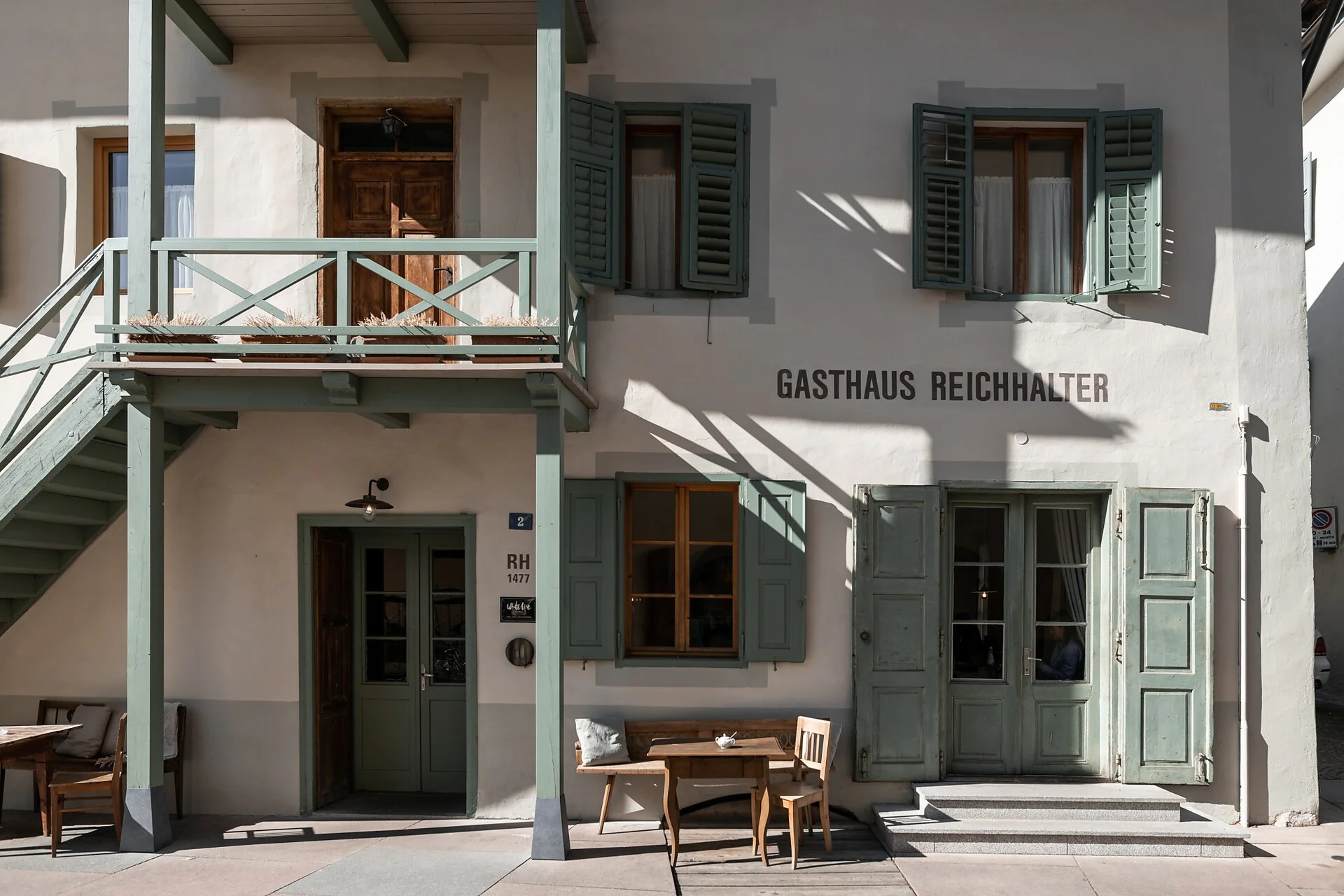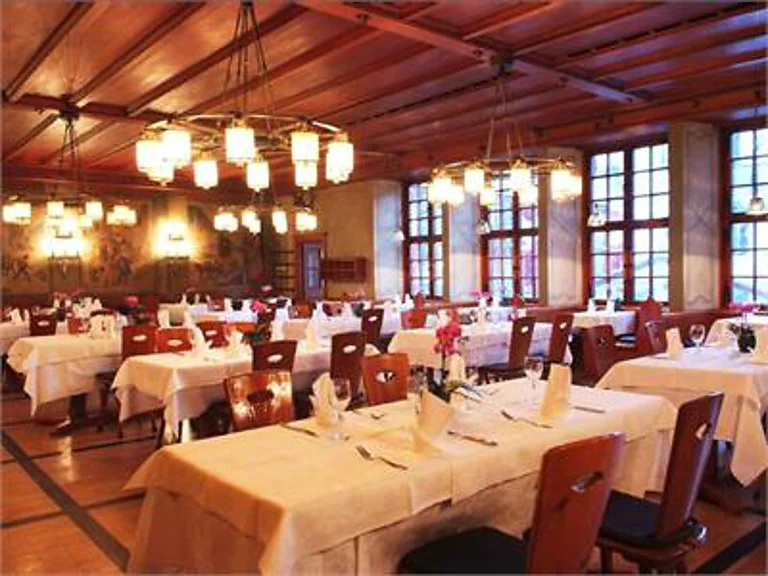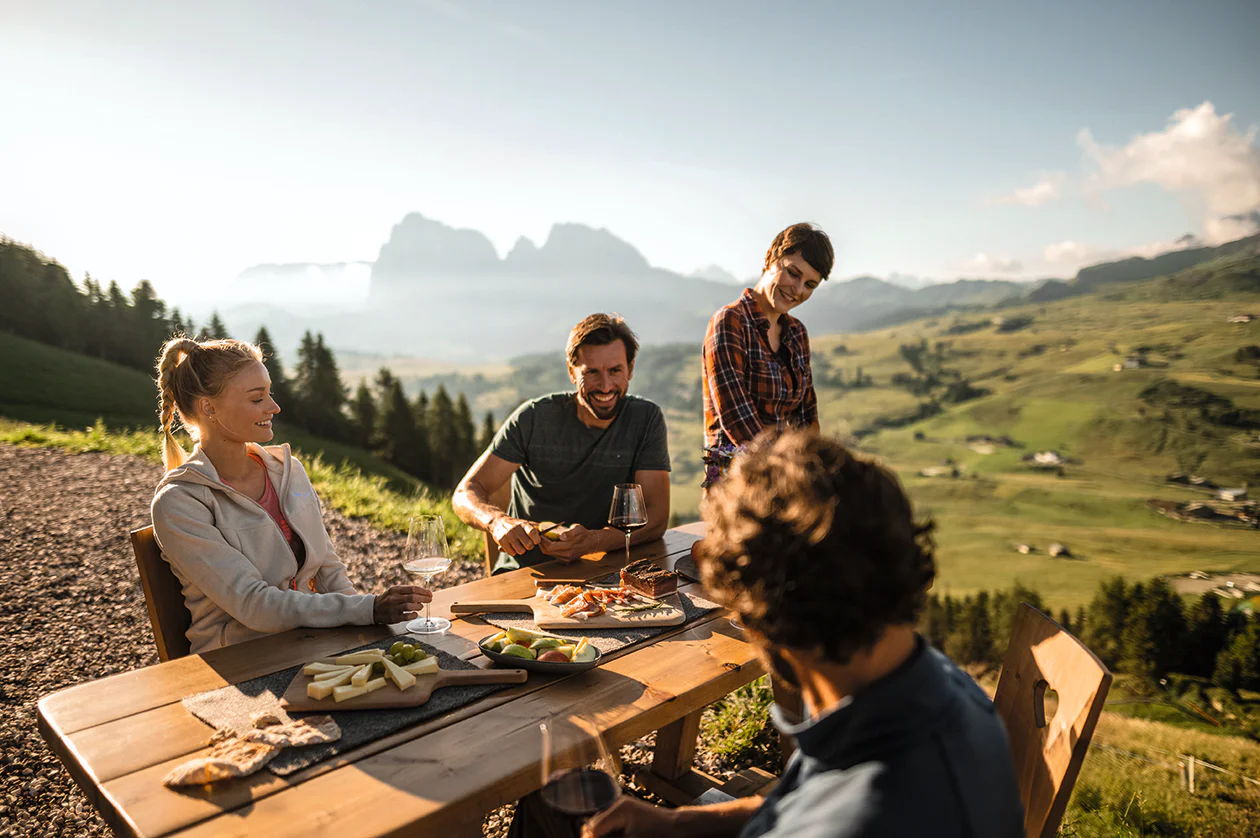Hier wird altes Gemäuer besonders behutsam bewahrt und für die Zukunft gesichert. Schloss Sigmundskron bei Bozen etwa, wo eines von Reinhold Messners Museen Platz fand, zeugt von der sanften Verschmelzung von Altem und Neuem. Oder Kloster Marienberg im Vinschgau, in welchem Jahrhunderte alte Geschichte auch heute noch erlebbar ist. Erkunde die historischen Schauplätze und lerne die vielfältige Geschichte Südtiroler Baukultur kennen.



























































































































































































